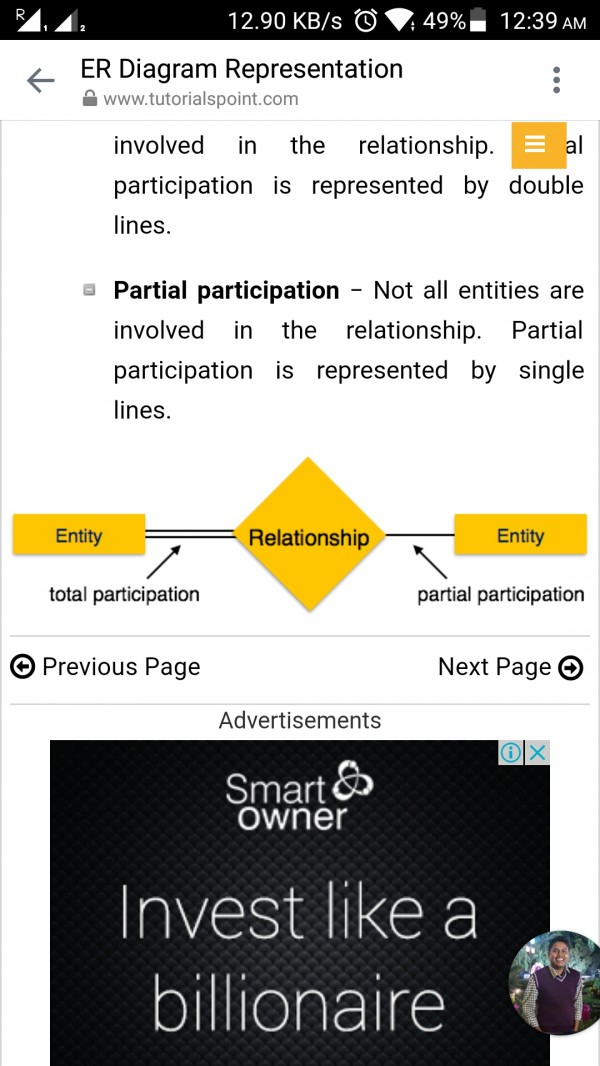To understand your
Doubt # 1) When a ER diagram is given and no cardinalities are provided. How to determine relationship type 1:1 or 1:N or M:N ?
When a diagram is given , we need to check that diagram , see below image from korth :

it clearly says the arrow side means 1 cardinality . which you wrote reversely in your question . It would be " The side on which an arrow is present represents 1 side relation" .
For question 1, minimum table require is 3 . ( for Many to one we need 2 tables, for 1:1 with total participation at one side we need 1 table so in total 3 tables require )
----------------
And for 2 nd question , there is a mistake in diagram , see below picture :

There is no arrow with double line to represent total participation . Only double line is require like that =
But in question between E1 and R , there is a double line with arrow , which is not correct. there should be no arrow to represent total participation.
And for question 2 minimum table require is 3 ( 1:1 with only single side total participation we always take 1 table) .
-----------
For your doubt #3 : When there is total participation (double line) on both sides of the Entities. In order to minimize tables should they be combined into single table ?
yes, we can minimize them into a single table .